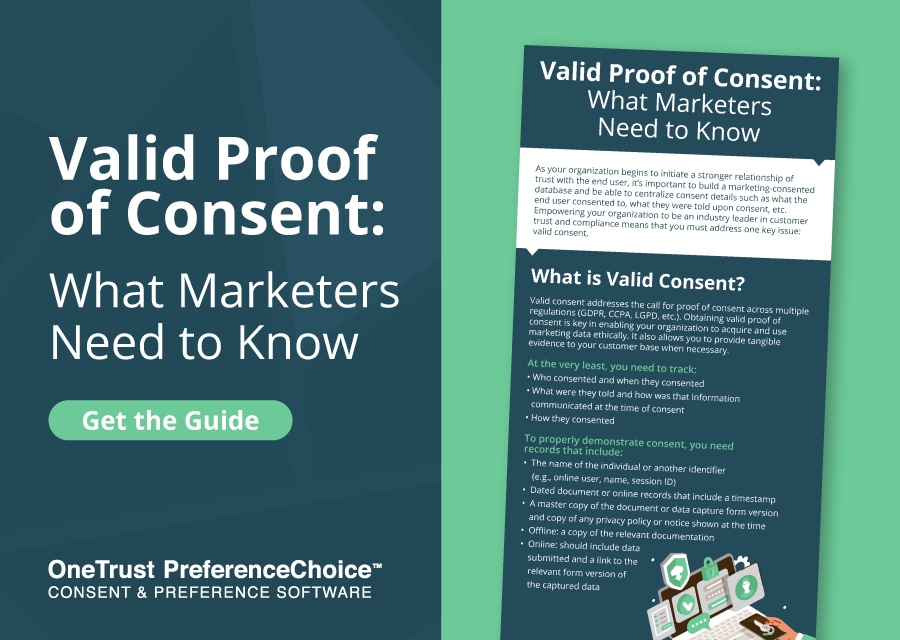Lead generation is one of the key pillars of a successful business, yet many still report wasting time on ‘bad leads’ that never convert. For marketers working for small and medium sized enterprises in particular, it’s often a familiar story: how can efforts be optimised to ensure a limited budget goes the distance?
Christelle Fraysse, CMO of cloud-based CRM vendor Workbooks, reveals five strategies to help marketers boost the outcomes and ROI of their lead generation activities…
- Become data-obsessed
As marketers, we have access to a lot of data. But too much data will only lead to more questions than answers. Becoming data-obsessed is not about collecting as much information as possible, it’s about collecting the right, high-quality information to serve your purpose – to better engage your audience, for example.
The first step towards optimising lead generation activities is to therefore consider what data is being collected and why. There should be two main focuses when collecting data: demographic and behavioural.
Demographic data is important to truly understand the ideal customer profile for your business. This could include what the organisation looks like, the size of the business, the industry it operates in, where it is located, and the people within it (your core personas, job roles, seniority levels, interests, and whatever you feel is relevant for better targeting and segmentation).
Behavioural information is also key and this includes what your prospects and customers are doing, how they are engaging with you and your content, what channels they are using, and what topics are resonating with them.
The combination of both demographic and behavioural information becomes extremely powerful. It can be used to take personalisation to the next level, and it allows tailoring of communication during the qualification process and beyond to ensure relevant and timely outreach.
- Grade and score your leads
Not all leads are created equal. Does a lead sit within your target audience and is it right for the business? Is this contact ready to engage with sales or is it too early? The quality of the lead may not always be good enough and this is often the main source of tension between sales and marketing departments. The sales team may feel leads are lacking in quality, while the marketing team say leads are not being qualified or followed up on in an effective, timely manner. Lead scoring and grading can address this and add value.
First, sales and marketing teams must work together on the rules and principles that help to define a ‘good lead’ and ensure time is being spent targeting those of most value to the business. A lead must be graded directly against what your business’s ideal customer profile looks like. Upon collecting data, it is easier to make a direct comparison of the two and ensure a focus for both sales and marketing teams on those closest to the ideal profile.
The second element is to score leads on behavioural information. If a prospect views a blog, it shows some engagement. However, if they also visit the pricing page, this demonstrates greater intent and higher scoring, and – if attending webinars – even higher points can be awarded, as it shows commitment.
Grading leads creates opportunities to nurture them in a bid to upgrade their status. Score them and get them to engage until sales-ready, approaching them differently to those who have shown more interest and intent.
- Work collaboratively with a common language
The relationship between the sales and marketing departments is often not the easiest to manage. The reality is that without a solid understanding between sales and marketing, the ability to generate quality leads is vastly limited. Is there a common understanding and agreement around what constitutes a sales qualified lead, a marketing qualified lead, and an opportunity entering your pipeline?
Both marketing and sales teams must work on building this relationship by having regular meetings to ensure there is a shared agreement on goals and approach, and that a consistent language is used across departments. Without agreed definitions or consistent management of leads through the sales funnel, the business will be held back. The two departments must not simply co-exist. When collaborative working processes are introduced properly, that is when value will truly be created and the quality of leads will increase.
- Track everything
As a marketer, you should track everything you do. In a number of organisations, marketing is still perceived as a cost and it’s essential to shift this perception and become known as a revenue generator in your business. Often, marketing budgets are in the firing line when cuts occur, but once you track and demonstrate value it allows the marketing team to be seen as an equal contributor. This will result in more trust and, potentially, access to a larger budget for future activities.
The whole prospect and customer engagement process should be monitored and tracked, from the first click on the website, to the sales funnel, and the final closure. Visibility of when a deal closed and where marketing contributed to initiate or further the engagement and move the opportunity along the sales funnel, demonstrates value to your organisation and changes perceptions. This can help to fuel better relationships across departments and improve sales figures as teams work together.
- Test, test, test!
The importance of testing should not be underestimated – refining your activities will maximise their value. For example, using AB testing on email layouts to see the impact on click-through rates can help to optimise the best email format, subject headers, and sender information. The same for landing pages on your website. Again, this comes back to data collection. The more data you collect and the more this is analysed, the better the return on marketing activities.
Unlock value with CRM
Access to high-quality data and insight is needed for marketers to optimise lead generation activities, whether you are a larger organisation or an SME. At the heart of this is a robust CRM platform.
According to a survey by Workbooks, the main driver for a CRM initiative for 52 per cent of companies was to better manage data and gain insights. Yet many businesses are still failing to use the technology properly to unlock its true value, with only 47% of CMOs having a framework for data collection.
With the right CRM, it’s possible to optimise and transform marketing campaigns, segmenting and targeting them to the individual needs of a high-value list of prospects based on relevant, real-time data.
Using shared tools across the business ensures a single view of the truth, a consistent process and the most efficient customer journey. Graded and scored leads and targets worked on collaboratively with the sales team increases the chance of closing the deal.
For marketers, the ability to demonstrate true value throughout the engagement process through to the sale is vital to progressing as a revenue generator. CRM may be an investment, but the right solution will offer complete sales and marketingintegration to transform lead generation activities and ensure the recognition you, as a marketer, deserve.










